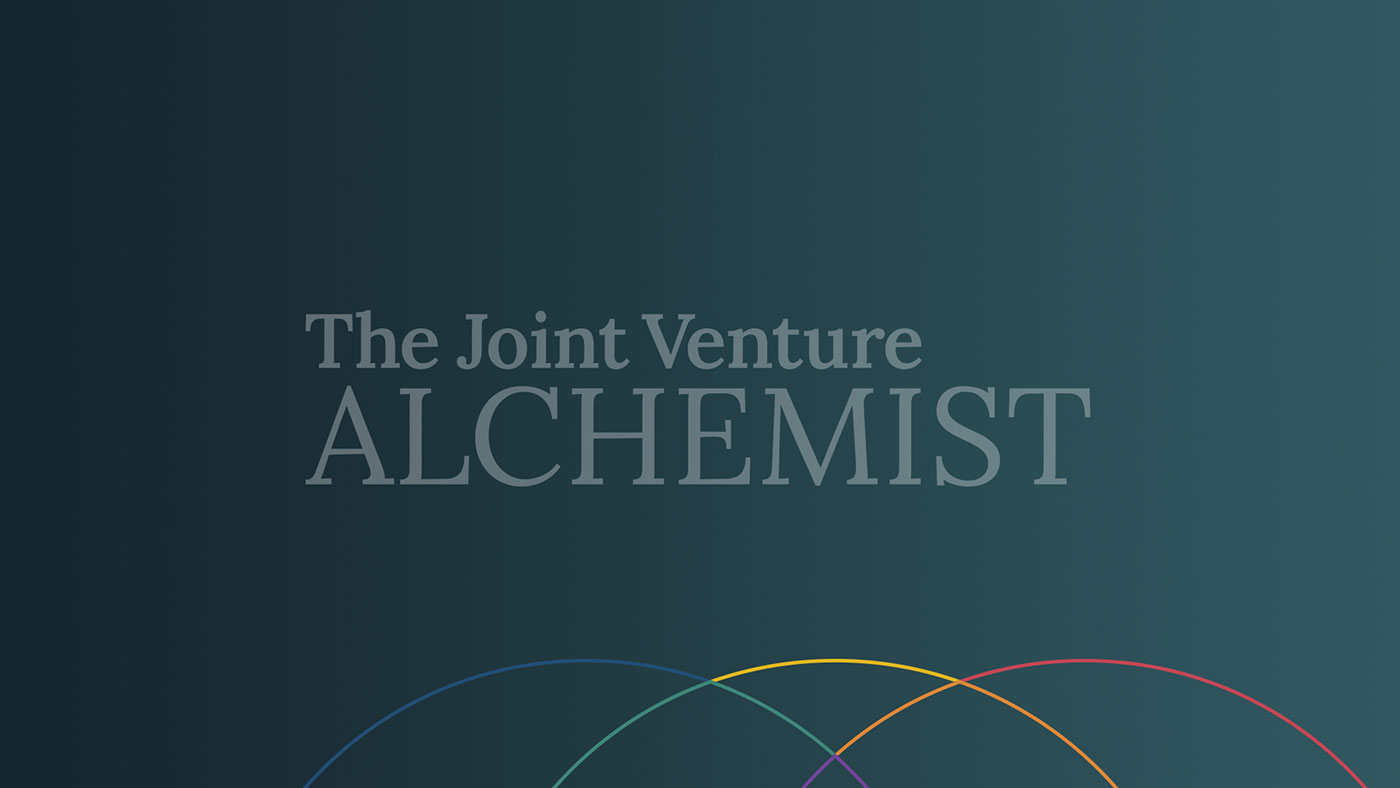
JV Operating Models: Non-operator Postures for 50/50 Natural Resource JVs
Alternatives and examples of different non-operator postures, and sample practices for active non-operators.

Alternatives and examples of different non-operator postures, and sample practices for active non-operators.



The purpose of this memo is to summarize how companies can deal with corruption and bribery in JVs, particularly those located in emerging markets. It may be an old and well known risk, but it is also one where governments have recently tightened the screws – and JVs clearly are not immune.

Practices and tools for CEO selection and screening.

The purpose of this memo is to share key findings from a survey of over 100 JV CEOs. It is intended to help parent company executives, JV Board members, JV CEOs, and others with a vested interest in making JV CEO transitions more effective. This work is part of a broader set of findings and tools that we believe is currently lacking from many transition processes (see “Related Resources,” page 11).

The purpose of this memo is to outline where JV committees go bad, and to show how JV Boards and CEOs must actively manage such groups to ensure they contribute to – rather than undermine – venture performance.

Situations where organizational network analysis most applies to JVs and how to apply this analysis in that context.

The purpose of this memo is to explain the types of joint ventures and alliances where Organizational Network Analysis is most relevant, illustrate how this analysis was used in a pharmaceutical industry co-promotion alliance, and provide some perspectives on how to apply this to joint ventures.